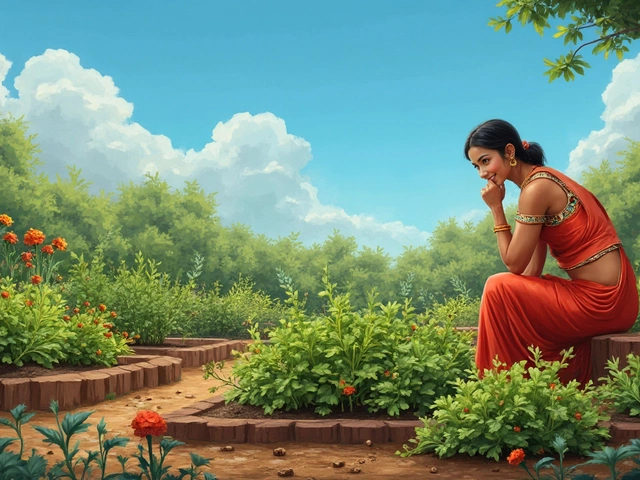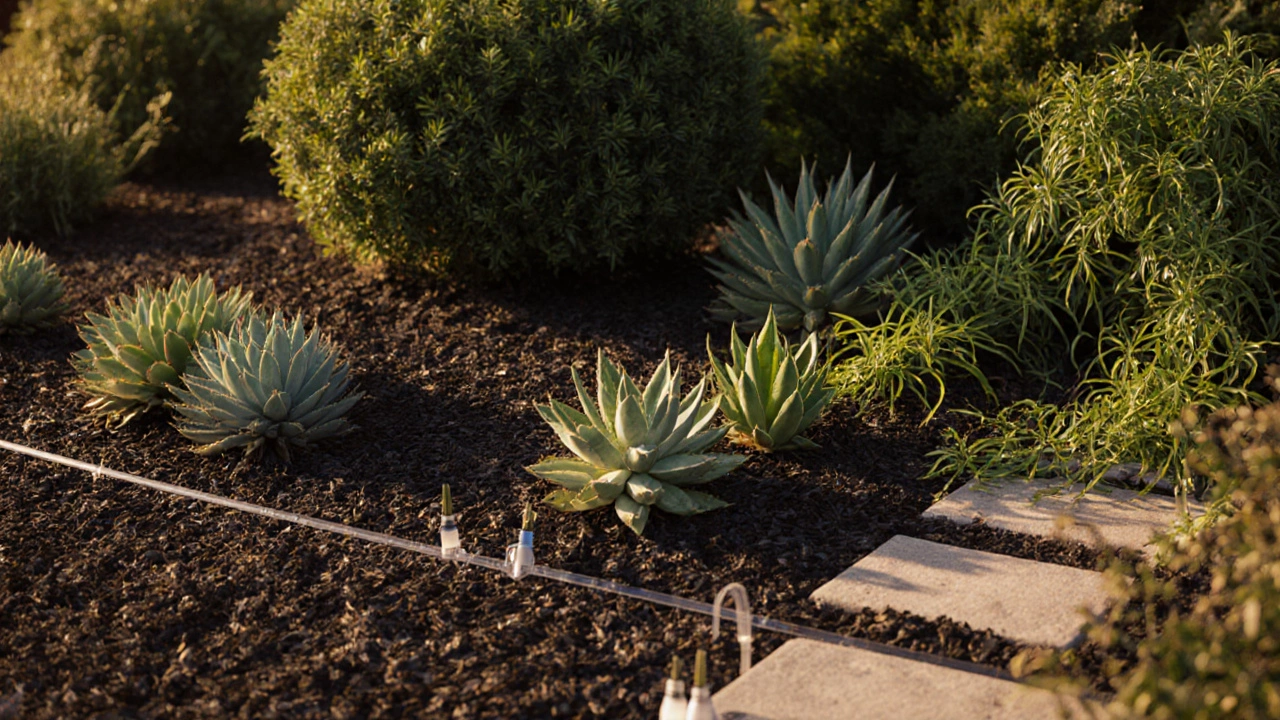Drought Tolerant Plants: Low‑Water Solutions for Indian Gardens
When talking about drought tolerant plants, plants that thrive with minimal water, especially in hot, dry climates., most gardeners think of cacti or succulents. In reality, a wide range of shrubs, grasses, and trees fit the bill, from Indian lilac to neem. These species need less irrigation, recover quickly after dry spells, and often need less fertilizer. Understanding their needs is the first step to building a garden that survives long summer heat without draining your water bill.
Why Xeriscaping Works Hand‑in‑Hand with Drought‑Resistant Species
Xeriscaping, a landscaping method that reduces or eliminates the need for supplemental water. is more than a buzzword; it’s a design philosophy that arranges plants, soil, and hardscape to keep moisture where it matters. By grouping drought tolerant plants together, you create micro‑climates that shade the soil, lower evaporation, and let rainwater soak deeper. The result is a garden that looks lush, even when the tap is turned off.
Choosing native Indian plants, species that have evolved in India's varied climates. is a shortcut to success. They already know how to handle local rain patterns, soil types, and pests. Plants like Prosopis juliflora, Azadirachta indica (neem), and Calliandra tolerate heat, store water in their tissues, and need little extra care. When you pair them with xeriscape design, the garden becomes a self‑regulating ecosystem.
Water delivery matters as much as plant choice. Drip irrigation, a low‑pressure system that places water directly at the root zone. cuts evaporation by up to 70% compared with sprinklers. Installing a simple drip network lets you water only when the soil truly needs it, reducing waste and preventing fungal diseases. Most Indian home gardeners can set up a DIY drip line using cheap PVC tubing and pressure regulators, making the technology accessible and cost‑effective.
Even the best plants and irrigation need a supportive soil environment. Adding a layer of organic mulch—straw, shredded leaves, or coconut coir—keeps the surface cool and traps moisture. Mulch also suppresses weeds that would otherwise compete for water. For soils that drain too quickly, mixing in compost or well‑rotted farmyard manure improves water‑holding capacity, letting roots access moisture longer between watering cycles.
Indoor gardeners aren’t left out. Low‑water houseplants such as the “grandma plant” (Aspidistra elatior) can thrive on occasional watering, especially when placed near a north‑facing window. These plants help you practice water‑saving habits inside, reinforcing the same principles you use outdoors.
Collecting rainwater is another easy habit that dovetails with drought‑tolerant gardening. A simple barrel under your roof can hold enough water to keep a small raised bed moist through a dry spell. When combined with drip irrigation, the stored rainwater can be delivered precisely where needed, reducing dependence on municipal supply.
Sun exposure, soil texture, and wind protection are practical factors that influence success. South‑facing zones get intense heat, so planting taller shrubs on the windward side creates shade for smaller beds. Sandy soils benefit from frequent, light watering, while loamy soils hold enough moisture for longer intervals. Adjusting plant spacing to allow air circulation prevents heat stress and disease buildup.
All these pieces—plant selection, design, irrigation, soil care, and water harvesting—work together to create a resilient garden that needs far less water. Below you’ll find articles that dive deeper into each topic, from practical balcony gardening tips to sustainable pest‑control methods, all geared toward helping you build a garden that thrives even when the monsoon is late.
Best Low‑Maintenance Garden Ideas for Sustainable Living
Discover how to design a low maintenance garden that looks great, saves water, and needs minimal upkeep. Learn plant picks, soil tricks, drip irrigation, and a quick checklist for sustainable gardening success.
About
Sustainable Gardening
Latest Posts
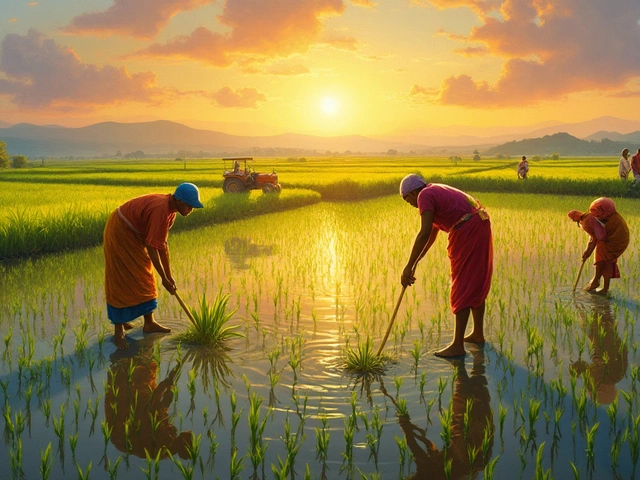
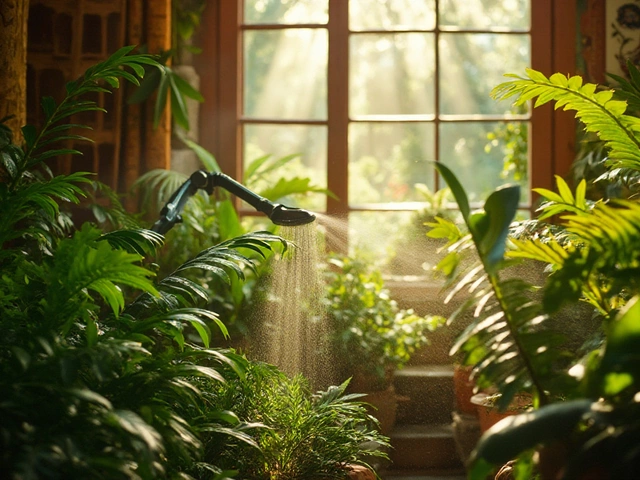
Essential Guide: Indoor Plants That Thrive with Misting
By Alden Thorne Jan 20, 2025

Why Do We Cry While Cutting Onions? Exploring the Science and Solutions
By Alden Thorne Feb 27, 2025
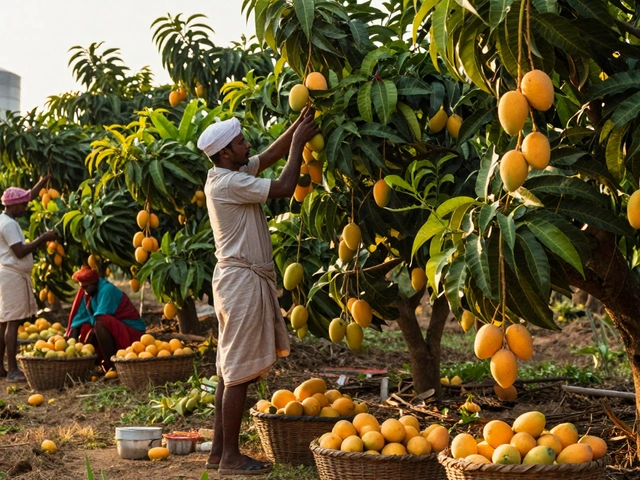
Most Profitable Fruit Farming in India: Top Crops and Real Returns
By Alden Thorne Dec 1, 2025
